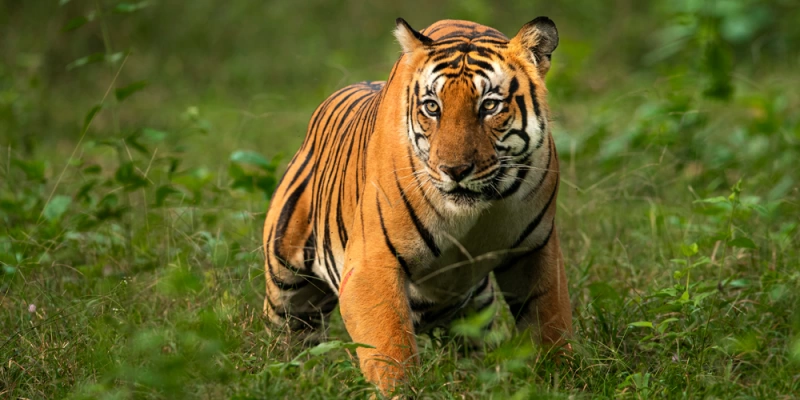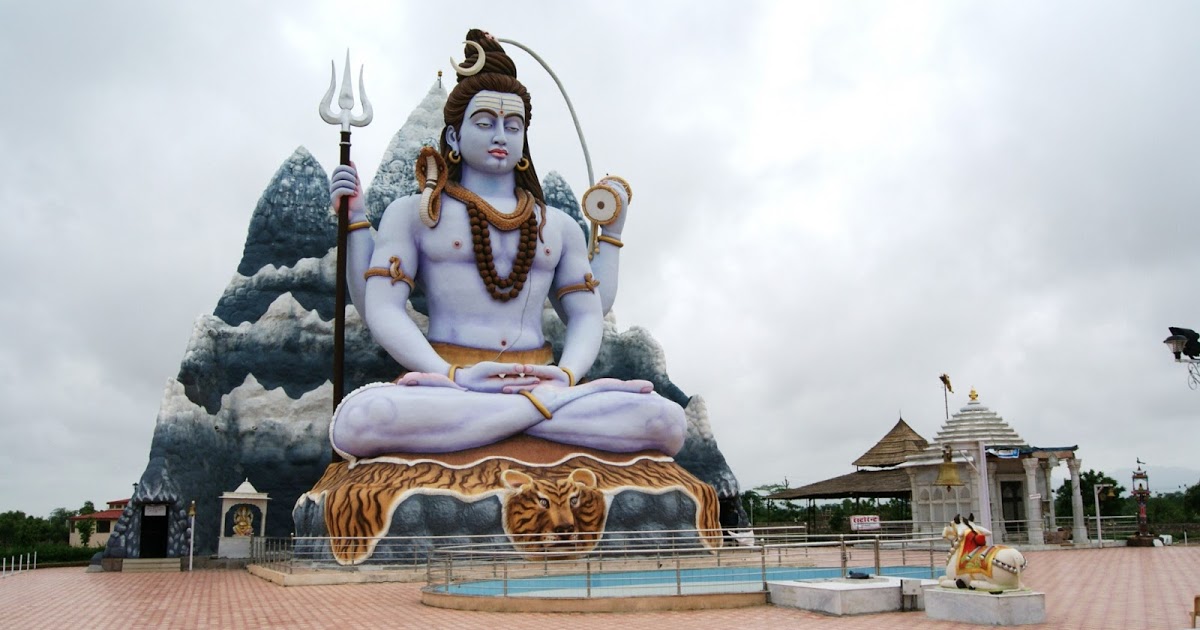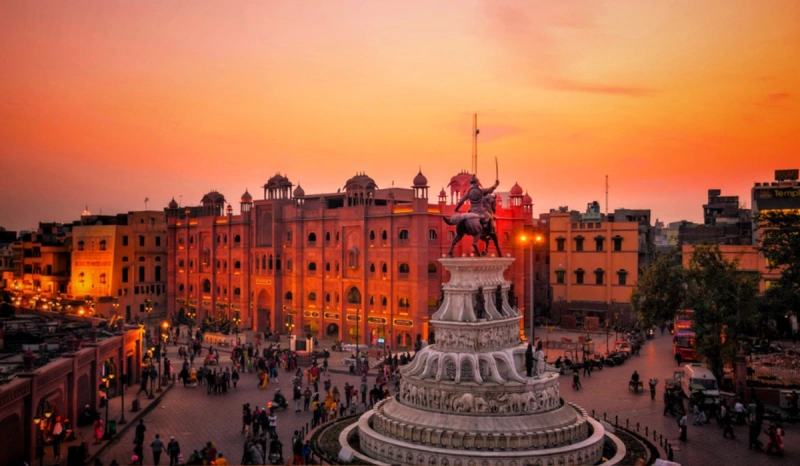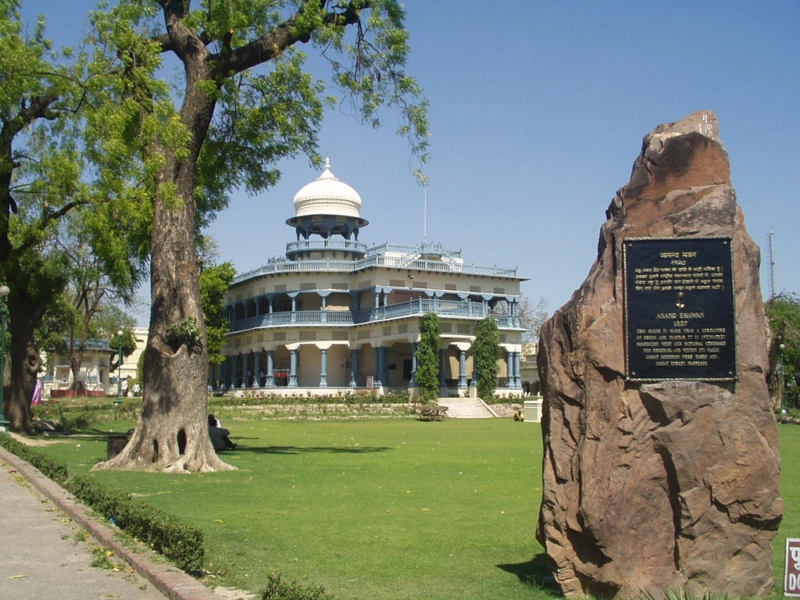
Amazing Forests in India- Ngtraveller
India covers about 67% of the world's forests and is one of the 10 countries with rich forest cover. This is an achievement in itself, although many resources have been lost due to the past crimes of burning the forest and hunting the animals in it. For nature lovers, the country is a paradise with the number of biosphere reserves and access points. Here is a list of some of the impending forests in India that one must visit for an exclusive experience.
Sundarbans, West Bengal
Sundarbans National Park is famous for hosting the largest mangrove forests in the world, located in West Bengal, India. It is also a tiger reserve and biosphere reserve that provides a complete natural circuit for the tourist from the Royal Bengal Tigers to the bustling rivers and beautiful estuaries. Sundarbans National Park is the part of the Sundarban Delta that is covered with mangroves and the largest number of Bengal tigers. It is a UNESCO World Heritage site with a wide variety of birds and reptiles, including the saltwater crocodile.
Sundarbans, which means the beautiful forest between India and Bangladesh, has been declared a UNESCO World Heritage Site. This area has a quiet charm that surprises one with the simplicity and naturalness of its ecological balance despite hosting some of the most dynamic and impressive flora and fauna. In fact, they are the last remaining remains of the great bush that covered the Ganges plain and the sustainability of this natural structure is very majestic. Since 1966, the Sundarbans have been a wildlife sanctuary, and there are an estimated over 400 royal Bengal tigers and around 30,000 spotted deer in the area.
This forest contains the largest number of Sundari trees. The wild Sundarbans are summed up in their meandering rivers, springs, streams, and estuaries. It is a declared tiger reserve, home to the Royal Bengal tiger, a nearly extinct species that swims in salt water and is often a man-eating species.
Other endangered species in the Bioreserve are Batagur baska, King Crabs, Olive Ridley, and Turtle. You can also find jungle birds, giant lizards, spotted deer, wild boars, and crocodiles in these forests. Siberian ducks are another popular attraction here. In addition, there are more than 64 species of mangroves such as Guran, Genoa, Dundal, Garjan, Kankara, Sundari and Basur. Be sure to visit the Nilkamalor Hiron Point and Katka lookouts, which offer great views of animals in the wild. Also enjoy the marshes called Chargheri Char where you can enjoy coastal cruises.

Jim Corbett National Park, Uttarakhand
Jim Corbett National Park is the oldest national park located in the foothills of the Himalayas in the Nainital region of Uttarakhand. Corbett National Park is famous for hosting the endangered Bengal tiger and is part of the larger Corbett Tiger Reserve.
Jim Corbett National Park is popular for its wildlife safaris and has many riverside resorts. Home to more than 650 species of rare and migratory birds, it is a bird watcher's paradise. The most popular attraction in Corbett National Park is Dhikala, a lodge in the forest bordering the Patil Dun Valley, known for its stunning location and rich wildlife.
Only 180 vehicles are allowed in the national park per day. Jim Corbett National Park is closed from July to October during monsoons. However, the tourist areas of Jirna, Al Dhale'e and Tatbani remain open to tourists throughout the year. Safaris in all regions are organized in two shifts by forest officials in all regions.
Also Read: Best Hill Stations in Nepal- Ngtraveller
Jim Corbett National Park was established in 1936 as Hailey National Park and was named after Jim Corbett, a famous fisherman and naturalist. This was the first place where the Tiger Project was launched in 1973. The park extends over an area of more than 500 square kilometers and is divided into 5 districts: Bijrani, Dhikala, Jhirna, Domunda and Sonanandi to promote tourism.
Nilgiri Biosphere Reserve, Karnataka
Spread out in the lush green Nilgiris Hills in the Western Ghats, the Nilgiri Biosphere Reserve is an international biosphere reserve that was recognized as a UNESCO World Heritage Site in 2012. It includes the National Parks of Mudumalai, Mukurthi, Wayanad and Bandipur. The biosphere covers an area of 5,520 km² and spans the states of Karnataka, Tamil Nadu and Kerala. The best way to explore the wildlife of the Biosphere Reserve is on hikes where you can enjoy not only animal sightings at close range, but also the wonderful views of the Western Ghats.
Also Read: Best Hill Stations in India with Snowfall- Ngtraveller
Much of the Nilgiri biosphere is reserved in Project Tiger and Project Elephant. Therefore, it is an essential habitat for two of the most important animal species in India. The elephants and tigers continue to be a unique attraction in the place. Apart from this, the reserve is famous for the Indian leopard (and black leopard), gaur, Indian elephant, mongoose, Malabar giant squirrel, black-tailed macaque, gray langur, and the Taher Nilgiri. The national park is also famous for its flora, which includes a variety of plants and orchids. Of these, only a few can be found in the Nilgiri Biosphere Reserves.
Kanha National Park
Located in the central region of Madhya Pradesh, Kanha National Park is the largest national park in Central India and has been ranked as one of the best parks in Asia. Among the 22 species of large mammals, the Royal Bengal tiger is one of the main attractions. One of the best tiger reserves in India, the current area encompasses an area of 940 square kilometers divided into two sanctuaries: Halon and Banjar.
The park was established in 1955 and since then it has actively contributed to the conservation of many endangered species. The national park was taken over under the tiger reserve project in 1974. Kanha National Park, with abundant flora and fauna, is home to one of the rarest species of deer: Barasingha. He is famous for his unique Barasingha conversation to save a species that was on the brink of extinction. One of the most picturesque wildlife reserves in Asia today, this national park became known around the world through Rudyard Kipling's The Jungle Book.
Also Read: Toughest Treks In India For The Ultimate Challenge- Ngtraveller
Kanha National Park is famous for its wildlife safaris and attracts tourists from all over the world. Other important animals in this park are leopards, wild dogs, wild cats, foxes, sloths, hyenas, langurs, wild boars, and jackals. Reptiles such as eels, cobras, kraits and other species of snakes are also found in this national park.














